Hunting is a popular outdoor activity that has been practiced for thousands of years. Today, it remains a favorite pastime for many, providing an opportunity to bond with friends and family while enjoying nature.
However, hunting together requires a strong emphasis on safety to ensure that everyone involved has a positive and secure experience.
This article will discuss crucial hunting safety measures, focusing on how hunters who are hunting together should walk to minimize risks and maximize enjoyment.
The Importance of Hunting Safety
Hunting safety is paramount for both seasoned and novice hunters. Inattention or carelessness can lead to dangerous situations, such as accidents and injuries.
Adhering to proper hunting safety practices, including proper walking techniques, is essential for preventing accidents and ensuring that everyone returns home safely.
How Should Hunters Who Are Walking Together Walk
Safety Measures to Follow While Hunting Together
Communication and planning
- Discuss your plans and hunting strategy before heading out.
- Keep each other informed of your positions and movements throughout the hunt.
- Establish hand signals or use two-way radios for communication, as shouting can scare the game away.
- Decide on a meeting point in case anyone becomes separated from the group.
Walking in a single file
- Maintain a single-file formation when walking through dense vegetation or uneven terrain.
- Keep a safe distance between each hunter, allowing enough space to avoid accidents or injuries.
- The person at the front of the line should act as the guide, ensuring that the path is clear and safe to follow.
Staggered formation
- When walking in open terrain, adopt a staggered formation with each hunter positioned diagonally behind and to the side of the person in front.
- This formation allows for better visibility and reduces the risk of accidentally pointing firearms at each other.
Firearms safety
- Always treat firearms as if they are loaded, even when you believe they are unloaded.
- Keep your finger off the trigger until you are ready to shoot.
- Point your firearm in a safe direction, never at another person or anything you do not intend to shoot.
- When walking with a firearm, use the "low ready" or "high ready" positions, keeping the muzzle pointed down or up, respectively.
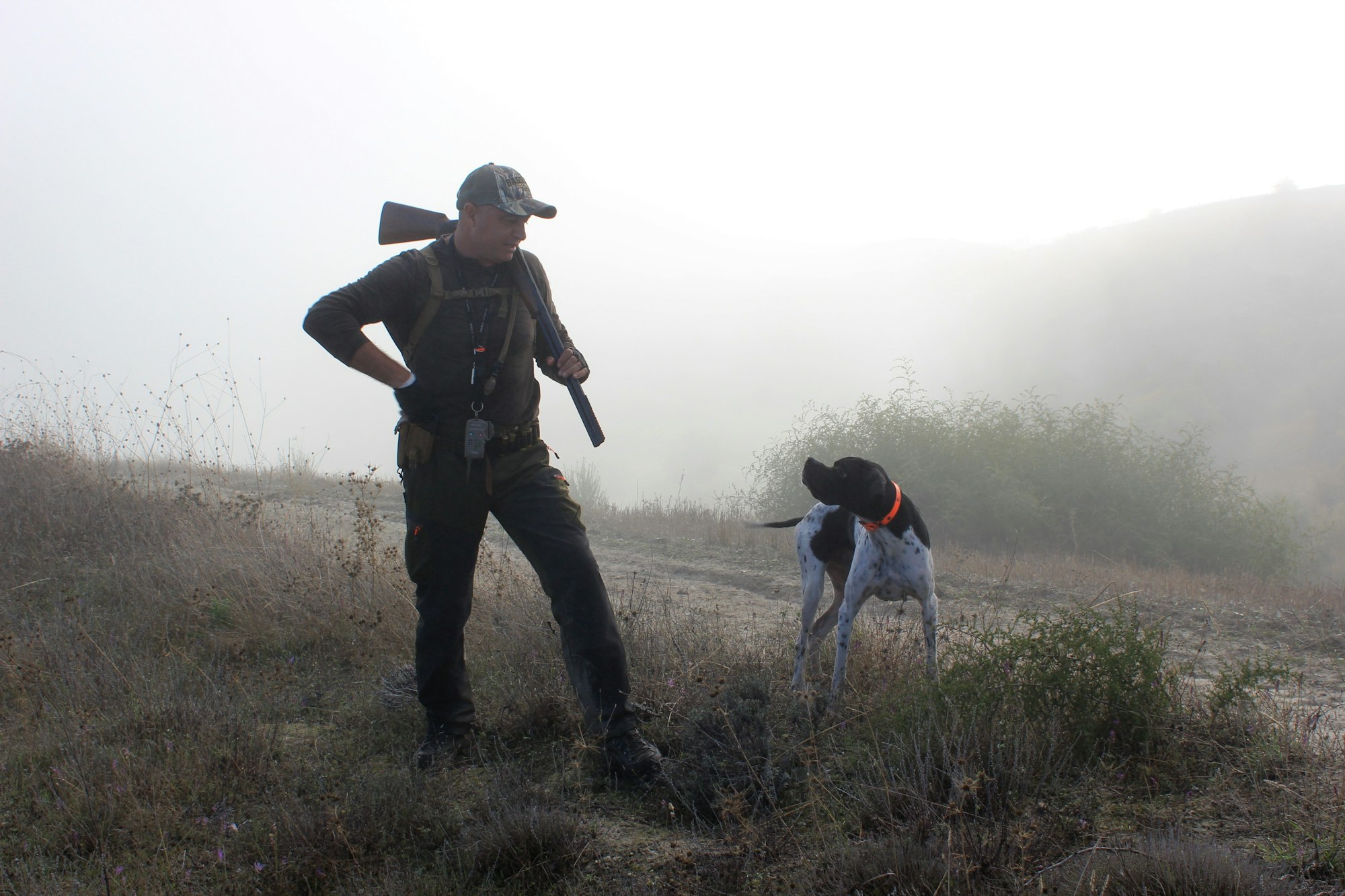
Wearing high-visibility clothing
- Wear high-visibility clothing, such as blaze orange vests or hats, to make yourself easily visible to other hunters.
- Avoid wearing white, which can be mistaken for the tail of a deer or other game animals.
Be aware of your surroundings
- Pay attention to your surroundings and the terrain, watching out for hazards like holes, rocks, or slippery surfaces.
- Be aware of other hunters in the area and their positions to avoid accidents.
Know your target and what's beyond it
- Be sure of your target before taking a shot and be aware of what's behind it.
- Bullets can travel long distances, so ensure there is a safe backdrop for your shot, such as a hill or a berm.
Hunting with dogs
- If hunting with dogs, ensure they are well-trained and obedient.
- Keep dogs on a leash or use an e-collar with GPS tracking to keep tabs on their location.
- Be mindful of the dogs' position about other hunters to prevent accidents.
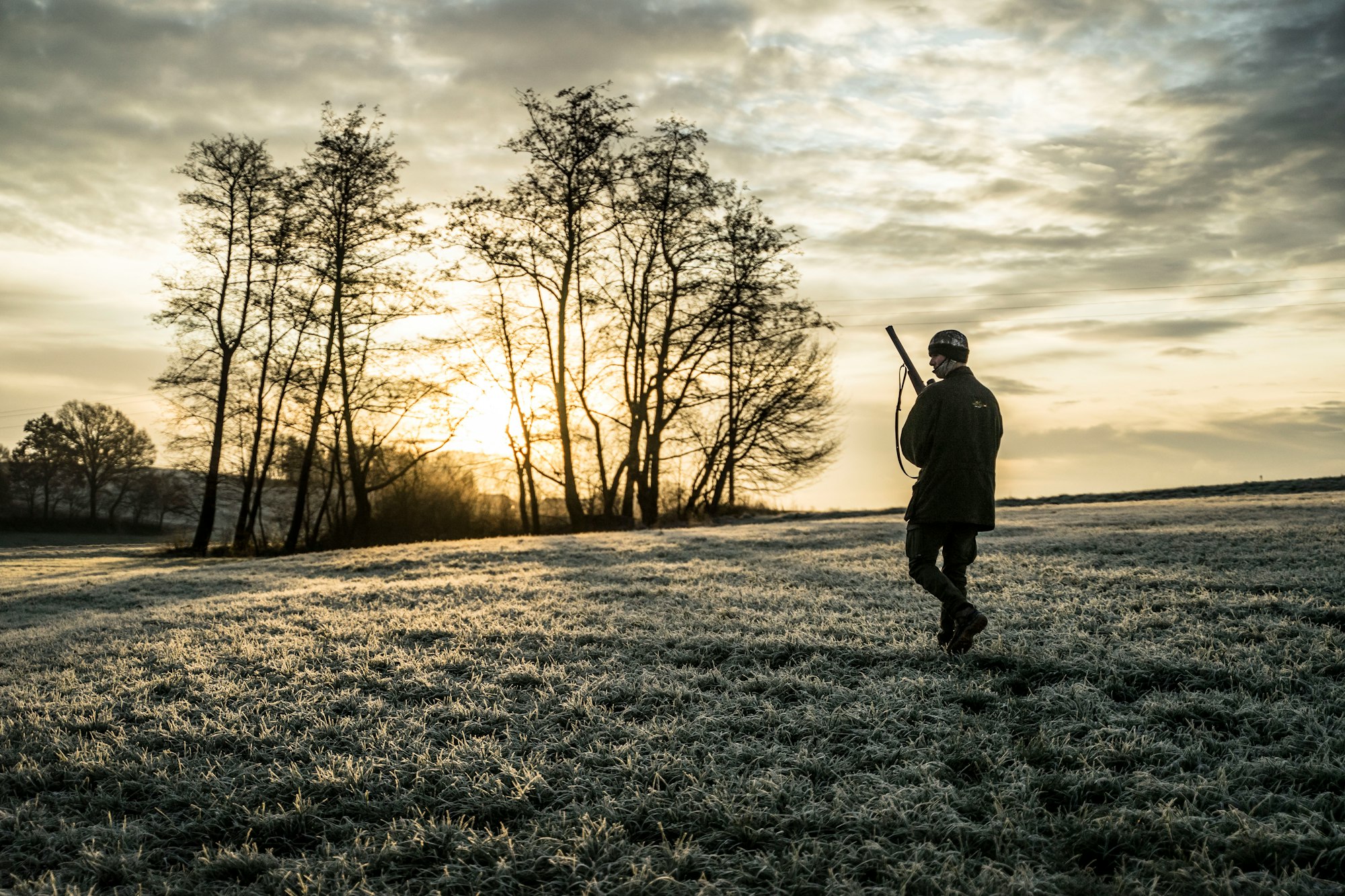
Tips for a Successful and Safe Group Hunting Experience
In addition to the safety measures discussed earlier, there are several other tips to help ensure that your group hunting experience is enjoyable and secure.
Designate a group leader
- Appoint an experienced hunter as the group leader to help coordinate and oversee safety protocols.
- The group leader should be responsible for ensuring that everyone in the group understands and follows the safety measures outlined in this article.
Organize a safety briefing before the hunt
- Before setting out, gather the group for a safety briefing to review essential safety measures, such as walking formations, firearm handling, and communication methods.
- This is an excellent opportunity to address any questions or concerns and ensure that everyone is on the same page.
Set ground rules for the group
- Establish ground rules for the group to promote safety and cooperation.
- These rules may include a designated shooting zone, minimum distances between hunters, and guidelines for handling firearms.

Take a hunter education course
- Encourage everyone in the group, especially novice hunters, to take a hunter education course.
- These courses cover vital safety information and hunting regulations, making them an invaluable resource for hunters of all experience levels.
Carry a first aid kit and emergency supplies
- Equip each hunter with a basic first aid kit and emergency supplies, such as a whistle, flashlight, and extra batteries.
- In the event of an accident or injury, having these supplies on hand can be crucial.
Be prepared for unexpected weather conditions
- Check the weather forecast before your hunt and prepare for unexpected changes in weather, such as rain or a sudden drop in temperature.
- Dress in layers and bring appropriate gear to stay warm, dry, and comfortable throughout the day.
Practice good sportsmanship
- Be respectful and considerate of other hunters, landowners, and wildlife.
- Follow all hunting regulations and practice ethical hunting by taking only clean, humane shots at game animals.
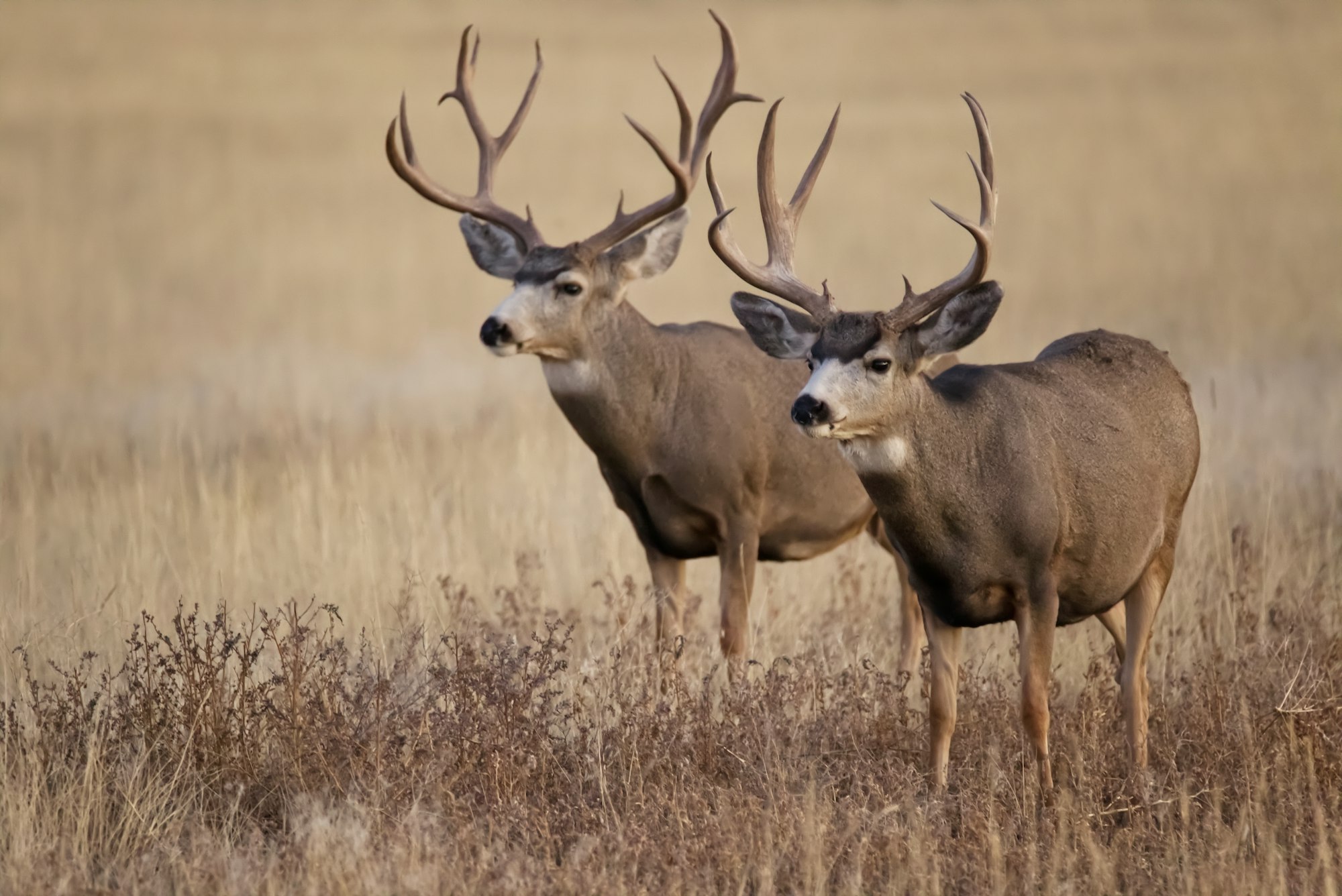
By adhering to these additional tips, you can further enhance the safety and enjoyment of your group hunting experience. Remember that the key to a successful and safe hunt lies in thorough preparation, clear communication, and a strong commitment to safety.
For more information and a wide range of products to help make your hunting and outdoor adventures even better, be sure to visit www.topratedstuff.com.
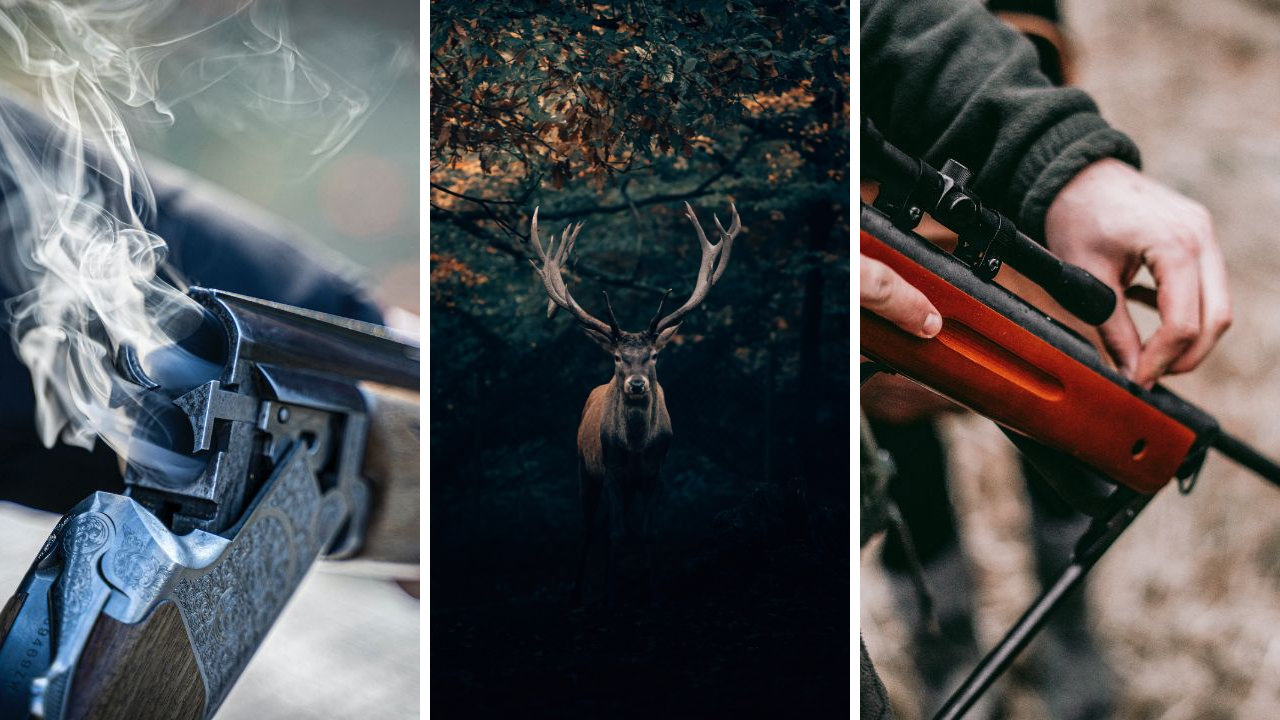
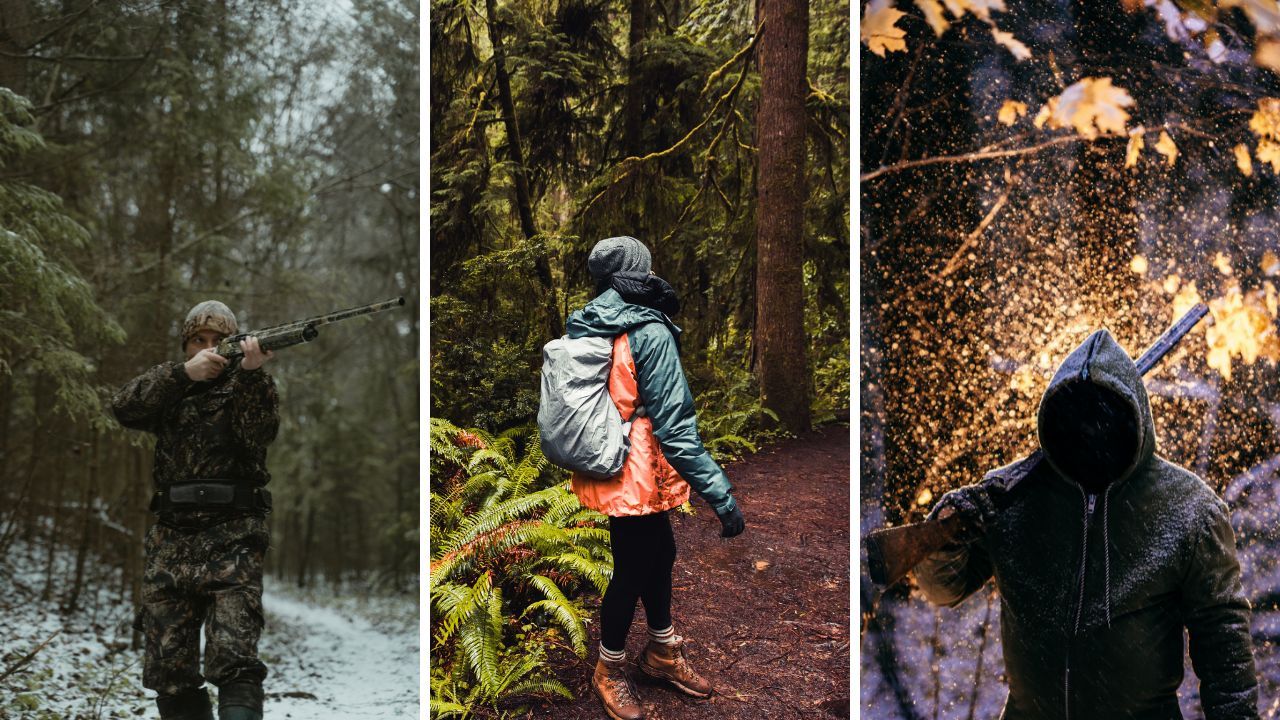


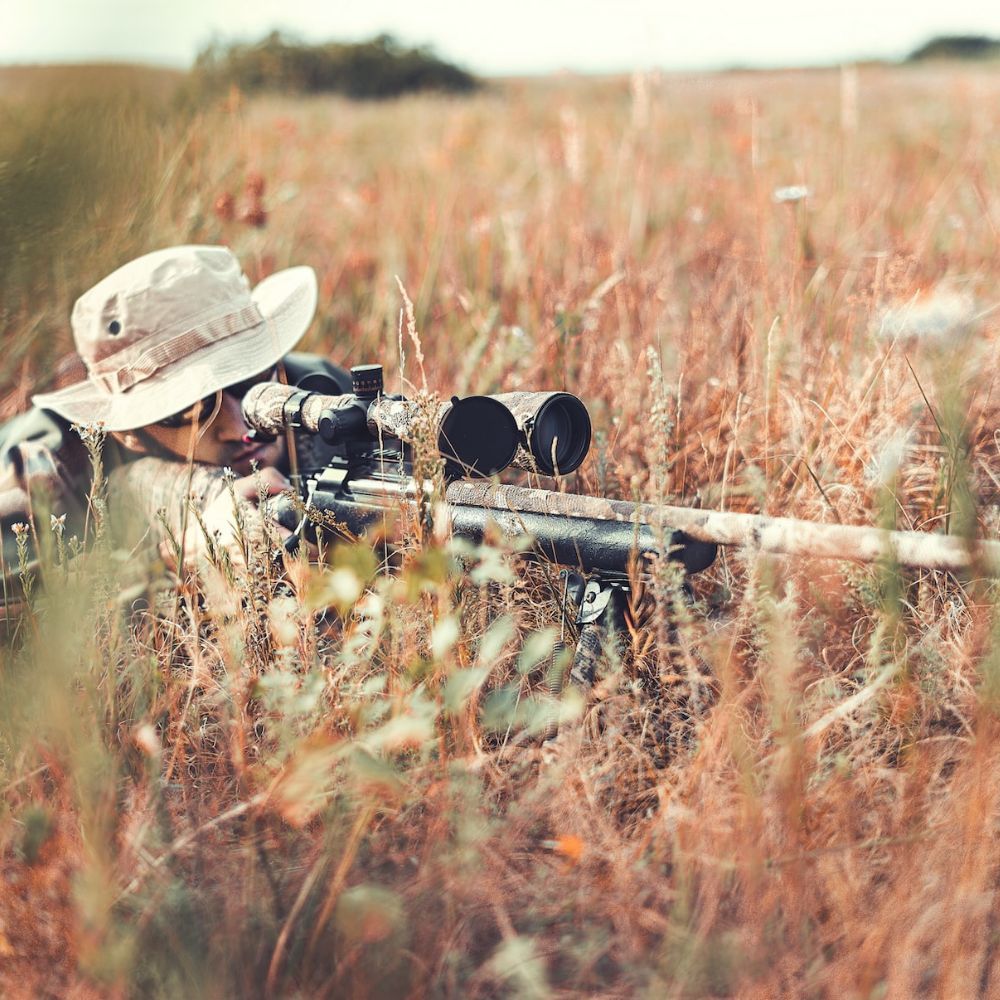

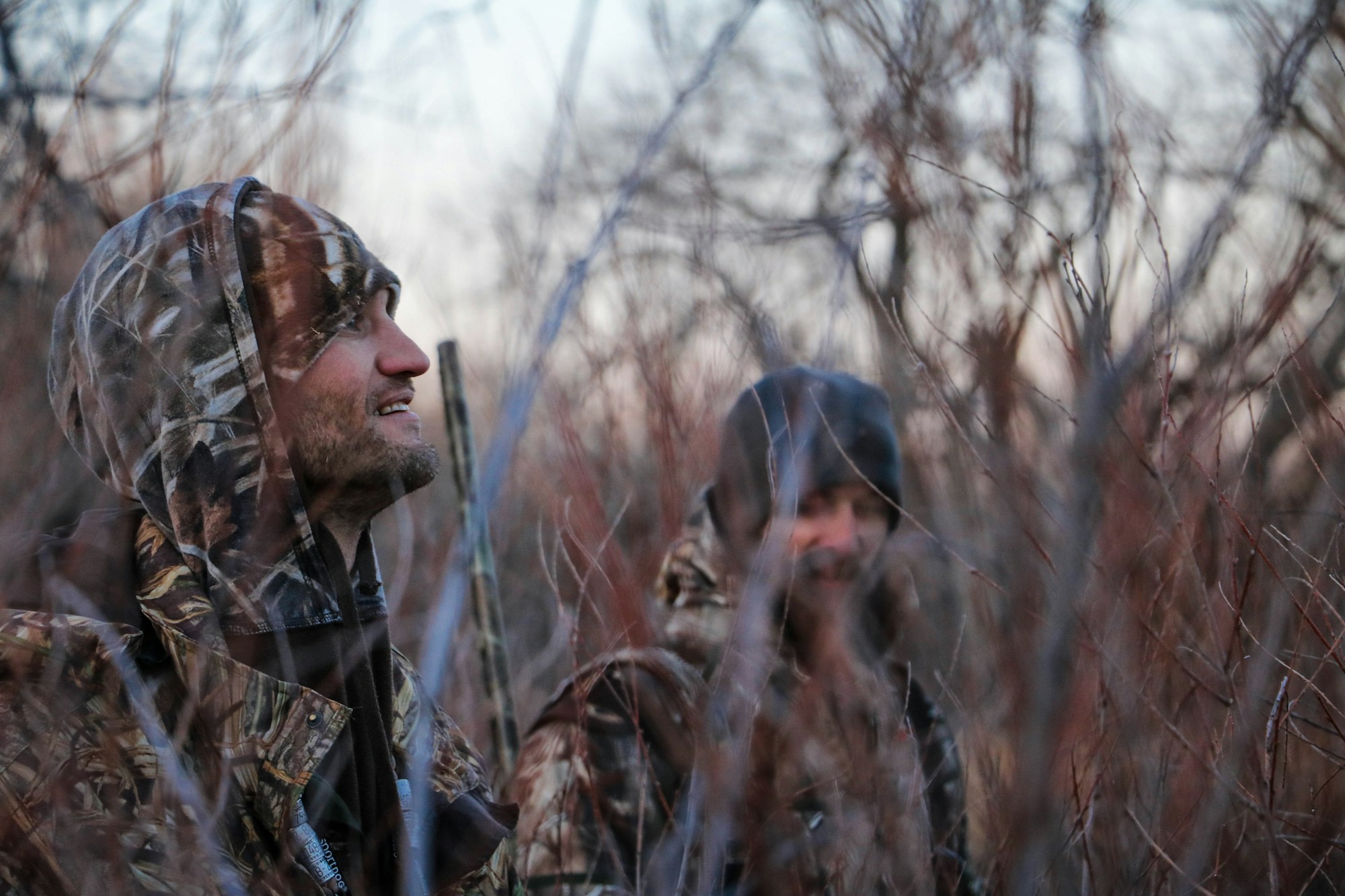









Member discussion